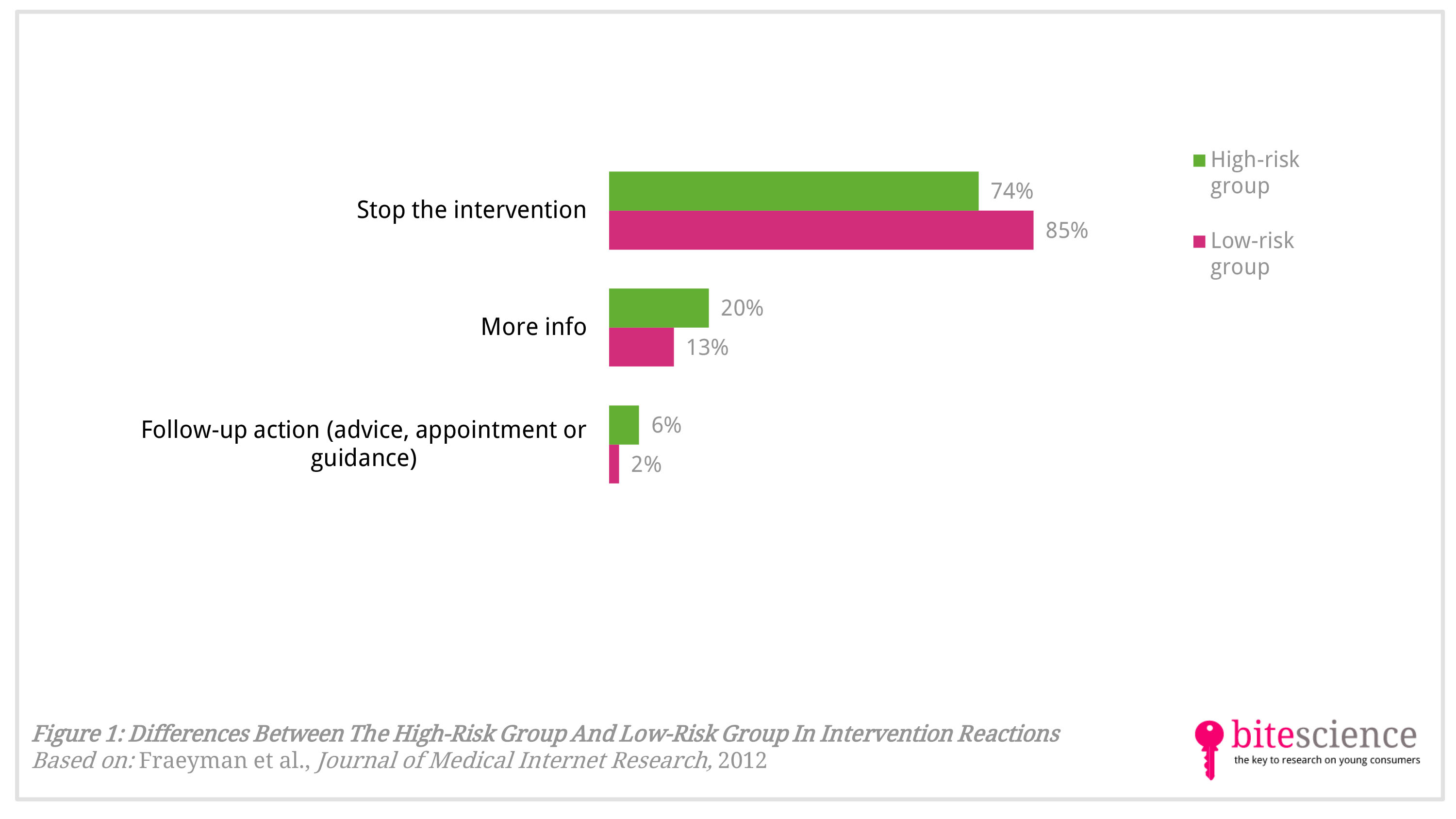
Changing Students’ Drinking Behavior: Good Luck!
Alcohol consumption among students is something many people (from parents to policy makers) worry about. However, the students themselves mostly don’t. According to a study in the Journal of Medical Internet Research, changing students’ alcohol use appears to be an ambitious task. Students mostly underestimate their drinking behavior and, therefore, alcohol interventions don’t appeal to them.
Take aways
- Changing students’ alcohol use is hard to accomplish, especially because it’s mostly part of their student behavior. Interventions should therefore focus on how to tackle their attitudes toward drinking first, before wanting to change the consumption.
- Students tend to underestimate the risks of their alcohol consumption and therefore alcohol interventions don’t appeal to them. When policy makers want to address more students, the interventions should serve more as an eye-opener than as an helpdesk.
- When students are aware of the risks of their (problematic) alcohol use, they are more willing to search for more information or help.
Study information
The question?
Can alcohol interventions stimulate students’ thinking about their alcohol consumption and its risks, and are such interventions effective in changing their alcohol consumption?
Who?
3528 Belgian students visited the website (mean age: 21 years old; 55% boys and 45% girls) and 34 randomly invited students participated in focus groups (mean age: 19 years old; 50% boys and 50% girls)
Where?
Antwerp, Belgium
How?
The website www.eentjeteveel.be (“one too many”) was developed to spread an alcohol intervention to Belgian students. Students were informed about the website via flyers, messages on digital university platforms, websites of student clubs etc. The site contained information about risks of alcohol use, contact information for advice or help and also a screening tool. This tool included 10 questions of the Alcohol Use Disorders Identification Test (AUDIT) to measure any form of alcohol abuse. Students were also asked to indicate how much alcohol they consume per day. Dependent of their answers, students received personalized feedback (their AUDIT score and some information about the consequences) and some suggestions for further action. They also had the option to send an email to a student counselor for questions/advice. The intervention was evaluated after being online for 1 year, by analyzing the data from the online screening tool and by conducting 5 focus groups.
Facts and findings
- Most of the students were positive about the website (good name, clear information, good references etc.).
- Most of the students underestimated their drinking behavior and the risks of problematic alcohol use, however they tend to overestimate the drinking behavior of friends.
- They also felt like the intervention was better suited for people who were already aware of any alcohol problems or who were already seeking for help. They mostly didn’t feel addressed by the intervention themselves.
- The intervention did not motivate much students to change their alcohol use. However, the worser their AUDIT results were, the more willing students were to think about changing it.
- 81% of the participating students were at low risk (AUDIT score 0-15) for problematic alcohol use, whereas 19% were at high risk (AUDIT score 16-40).
- More male students than female students were at very high risk for problematic alcohol use.
- Students of the high-risk group (AUDIT score 16-40) visited the website more often than students of the low-risk group (AUDIT score 0-15).
- Students of the high-risk group were more willing to search for help than students of the low-risk group (see figure 1).
